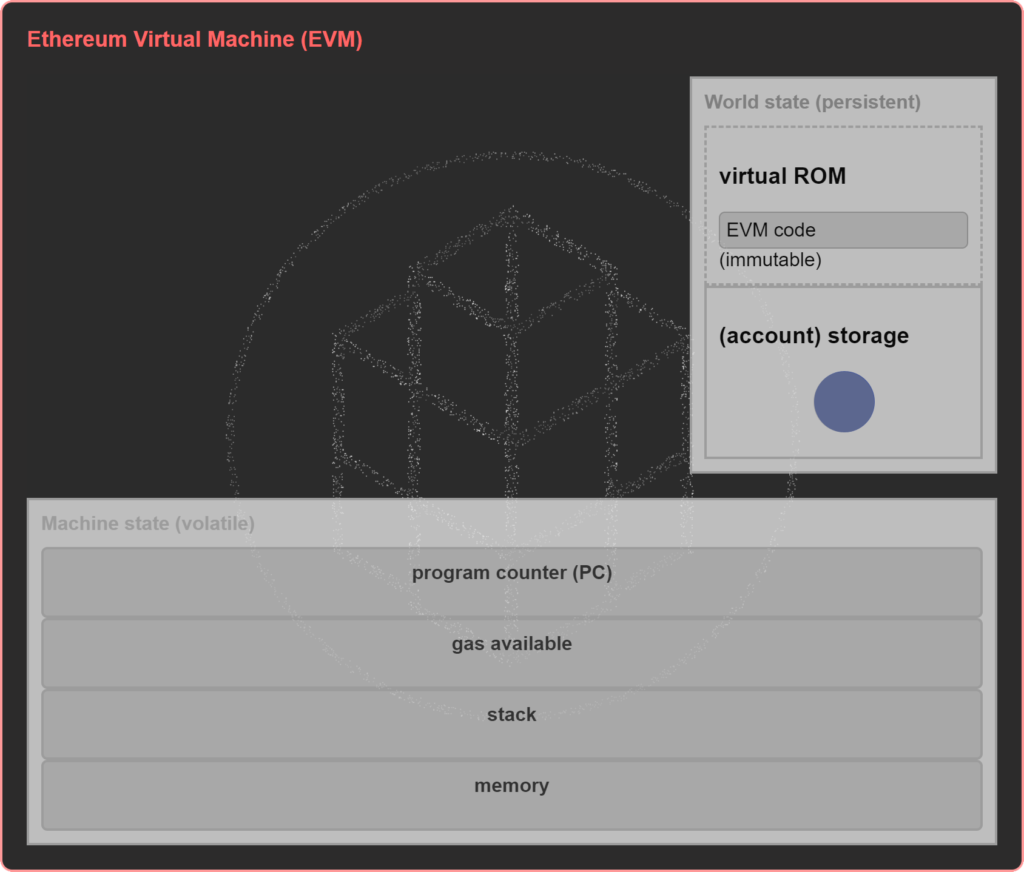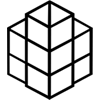The post-quantum network will be Ethereum Virtual Machine (EVM) compatible.
Ethereum was the first smart contract platform that could run decentralized apps called DApps. The blockchain ecosystem owes a huge deal to the Ethereum team because they were the first in the market to use a smart contract platform. This advantage is still there today, as most blockchain projects and solutions run on Ethereum.
What does it mean to be “EVM compatible”?
“EVM compatibility” refers to a blockchain’s ability to run the “EVM” and execute Ethereum smart contracts. This means that developers don’t have to make big changes to their codes in order to write and use the same smart contracts on different EVM blockchains. Then, using the Ethereum Virtual Machine, these smart contracts can communicate with other blockchains that work with the EVM. This lets anyone make dApps that work with more than one blockchain.

Why are people moving from Ethereum?
Many projects have realized that Ethereum Layer 2 solutions are not the cure to all problems. There are indications that projects are already transitioning away from first-generation blockchain platforms, as shown in the picture below.
The primary reason for the shift away from first-generation Ethereum blockchain platforms is the limitations and challenges associated with it, such as;
- High transaction costs
- Scalability limitations
- Complexity and technical challenges
- Security concerns
- Lack of innovation
- Alternative blockchain platforms
However, projects running on the Ethereum network could only leave Ethereum at significant compromises for a more reliable, cost-predictable, cost-efficient, and secure blockchain platform alternative.
Move your code from Ethereum to the post-quantum network.
Because the post-quantum network works with the Ethereum Virtual Machine, developers can write, deploy, and run smart contracts just like they would on Ethereum. Plus, they and their users can enjoy all the benefits of the post-quantum network, such as security that is resistant to quantum computing, protection against new threats from AI and AGI mechanisms, the ability to create smart contracts in more than one language, 40% APY, and low, predictable transaction costs, to name a few.
